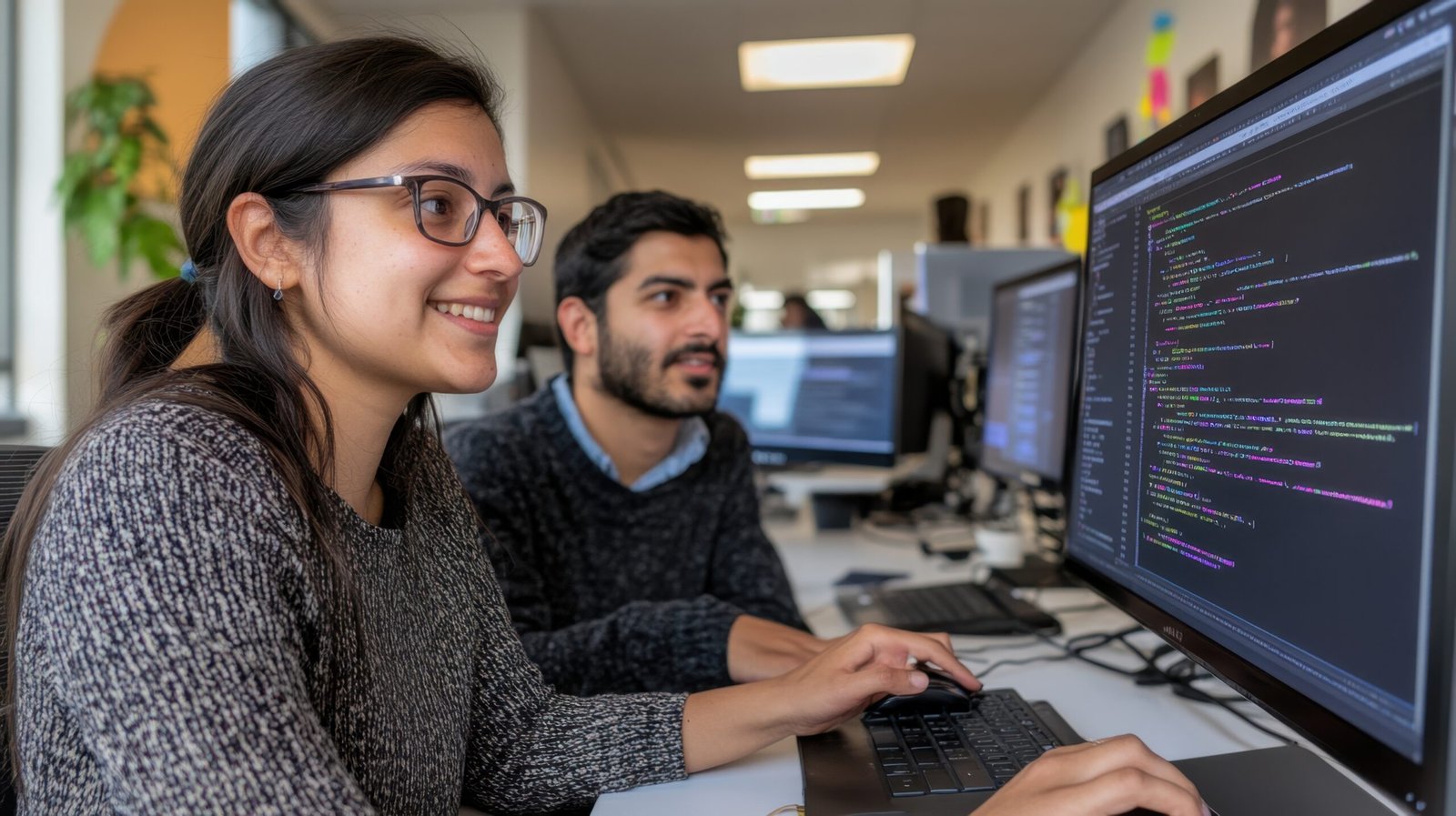Everyone thought the rookie’s inexperience was the issue.
The breakthrough came from a surprising pairing.

It was a typical Wednesday morning, and the office buzzed with the sounds of keyboards clacking and phones ringing. But for one new developer, the atmosphere felt suffocating. Just two weeks into a live project after two months of rigorous training, he sat staring at his screen, overwhelmed by the complexities of the code before him. “Yaar, now everything is over!” he thought, panic creeping in as he realized the weight of expectation resting on his shoulders. The team was feeling the pressure from low productivity and gaps in their tech skills. It felt like a dark cloud hanging over them, one wrong move could mean expensive delays and unhappy clients.
The first day on the project had been filled with enthusiasm. He had been eager to dive into the challenges ahead, but now that excitement felt distant. As he sat there, he felt increasingly isolated, a rookie amidst a sea of seasoned professionals who seemed to navigate the code with ease.
Just then, a message popped up on his screen. It was from an experienced developer. “Hey, I noticed you seemed a bit stuck. Want to pair program for a bit?” Relief washed over him. “Haan, please! That would be great,” he replied, eager for any chance to gain clarity.
As they set up their workstations, the experienced developer pointed to a critical piece of code. “Check this function out; it’s the heart of our project. Let’s tackle it together.” He felt a flicker of hope.
Through their collaboration, he learned that pair programming wasn’t just a way to complete tasks; it was about building a support system. They worked through challenges together, discussing concepts and strategies. The experienced developer emphasized, “If you get this, everything else will be a piece of cake!”
Pair- programming immensely helped in logic building, NFR understanding, IDE usage, debugging. Each question he asked unraveled another thread of the complex tapestry of code. Day by day, he made progress. “Wah, this is fun!” he exclaimed one afternoon, excitement bubbling over as he implemented a small feature successfully. The support from his teammate reassured him, transforming panic into determination.
The experienced developer shared insights about testing, saying, “Testing is our best friend; it helps us catch issues before they reach the client.” By the end of the week, he had undergone a remarkable transformation. The panic had faded, replaced by a newfound confidence. “This has been a great learning experience!” he reflected, realizing that overcoming challenges was a part of growth. The camaraderie within the team was invaluable, turning a potentially isolating experience into one of collective achievement.
As they neared the project deadline, the atmosphere crackled with energy. “Let’s focus on finishing this together!” The experienced developer rallied the team, instilling motivation for the final push. He felt empowered. “I can finish this feature today,” he declared, surprising himself with his conviction.
In those final hours of work, the room thrummed with creativity and collaboration. High-fives and laughter punctuated their progress. Finally, after a flurry of effort, they delivered the project before the deadline. As he stepped outside, a wave of accomplishment washed over him. “Yeh toh sirf shuruaat hai!” he thought, smiling at the journey ahead.
Reflecting on his experience, he recognized the profound impact of pair programming. It not only enhanced his technical skills but also deepened his connection with his teammates.
Embracing collaboration fostered an environment where everyone felt valued, leading to improved throughput and a 10% faster project completion than planned . As he moved forward in his software development journey, he felt ready to tackle future challenges, knowing that with his team’s support, he could navigate complexities one line of code at a time.

10%
What’s your experience with pair programming? Have you faced similar challenges as a newcomer? We’d love to hear your thoughts and stories in the comments below! Let’s start a conversation about the transformative power of collaboration in software development.
Key Takeaway
Pair programming transforms isolated learning into collective success.
Early collaboration builds skill, speed, and team confidence simultaneously.



